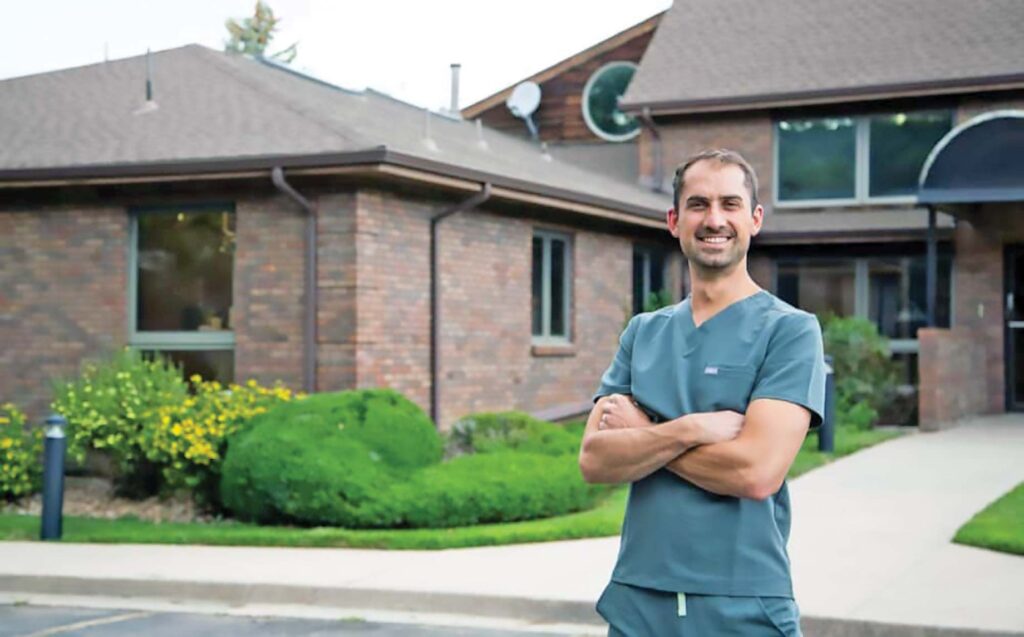Breathing isn’t just about survival—it profoundly impacts your overall health. Nasal breathing, in particular, is essential for keeping your body functioning optimally. Let’s explore why nasal breathing matters, the challenges of mouth breathing, and how orthodontic treatments can improve your airway health.
The Importance of Nasal Breathing
Breathing through your nose filters, warms, and humidifies the air before it reaches your lungs, protecting you from irritants and allergens. This process also encourages deep, diaphragm-driven breaths, delivering more oxygen to your bloodstream. Increased oxygen levels boost brain function, energy, and physical performance.
Additionally, nasal breathing produces nitric oxide, a chemical that improves blood flow, supports the immune system, and reduces inflammation. By prioritizing nasal breathing, you enhance not just lung function but also heart health and overall well-being.
The Consequences of Mouth Breathing
Chronic mouth breathing can lead to more than just dry mouth. It’s associated with dental issues, poor facial development in children, and sleep problems like snoring or sleep apnea. These sleep disorders can cause fatigue, reduced cognitive performance, and serious health risks, including heart disease.
Signs of airway issues include:
Snoring or sleep apnea
Daytime fatigue or concentration difficulties
TMJ (jaw) pain
Mood changes, such as irritability, anxiety, or depression
Teeth grinding (bruxism)
Acid reflux
High blood pressure
Dental problems, such as crowded teeth or bite issues
In children, improper facial development, bed wetting, & focus issues
How Orthodontic Expansion Helps
Orthodontic treatments can address airway issues by creating more space in one’s mouth and nasal passages, making it easier to breathe. Treatments like Miniscrew-Assisted Rapid Palatal Expansion (MARPE), Surgically Facilitated Orthodontic Therapy (SFOT), and clear aligner therapy, are effective options for improving airway health.
In some cases, treatment may involve collaboration with an ENT specialist or myofunctional therapy to strengthen breathing and swallowing muscles. Advanced imaging tools, such as 3D scans or rhinomanometry (a test that measures airflow through your nose), ensure precise and effective care.
These treatments require precise planning to achieve desired airway and dental outcomes. Determining when to stop expansion during MARPE or SARPE, for example, involves clinical assessments, imaging, and patient feedback. Monitoring bite changes, midline alignment, tooth spacing, and comfort ensures treatment goals are met while avoiding complications.
Life-Changing Benefits
Restoring proper nasal breathing can lead to a wide range of benefits, including improved sleep quality and energy levels, enhanced focus and cognitive function, and relief from TMJ pain. It also helps reduce dental issues and supports better heart health through improved oxygenation, contributing to overall well-being.
Dr. Kevin Schwandt practices dentistry at Reclaim Integrative Dentistry & Implant Center in Wheat Ridge.






